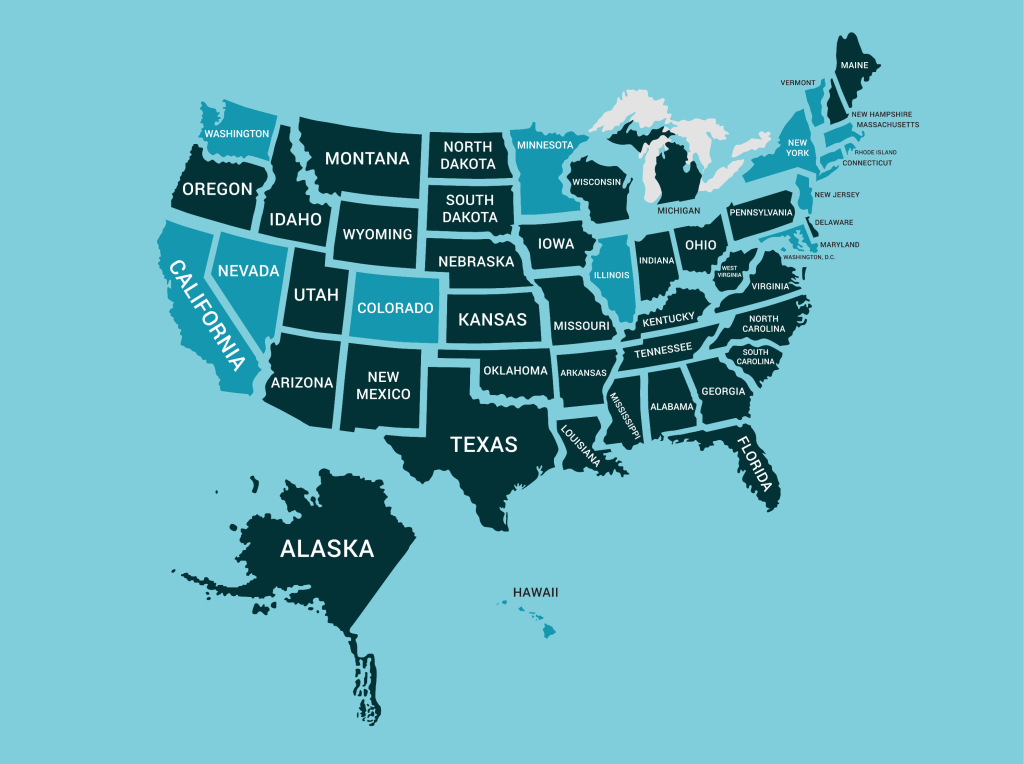
With pay transparency laws becoming the standard across the U.S., companies that fail to act risk violating legal requirements and facing serious consequences. These new regulations demand immediate attention from employers to avoid compliance issues and ensure they’re prepared for this rapidly changing environment.
While transparency can also enhance trust and attract top talent, the primary concern for businesses is understanding and adapting to these laws now.
Why Is Salary Transparency Gaining Momentum?
The rise of pay transparency laws reflects societal and market-driven changes that are reshaping workplace practices. These include:
- Addressing wage gaps: Persistent pay inequities along gender, racial, and other demographic lines have driven demand for more accountability in compensation practices. Transparency laws are intended to address these disparities.
- Candidate expectations: Today’s job seekers expect clear compensation details in job postings, seeing it as a sign of fairness and credibility.
- Legislative action: Years of advocacy and public pressure have led lawmakers to adopt transparency measures, creating a ripple effect as more states pass similar laws.
These changes are transforming pay practices from a behind-closed-doors process to a visible and regulated part of a company’s operations.
What’s Changing: A Look at New Transparency Laws
By 2025, many states will require employers to include salary ranges in job postings. Early adopters like California, New York, and Colorado have paved the way, and additional states, including Maryland, Washington D.C., and Vermont, will follow soon. Later in 2025, Massachusetts and New Jersey will implement their own salary disclosure laws.

To help employers navigate these changes, we’ve included a PDF that provides a concise breakdown of each state’s legislation. This guide offers an easy-to-follow summary of the requirements, helping you stay informed and compliant across your operating locations.
What These Laws Mean for Employers
Pay transparency laws directly affect how employers manage recruitment, compensation, and employee relations. Key considerations include:
- Ensuring compliance: Employers must align pay practices with legal requirements by clearly defining and sharing salary ranges.
- Addressing perceptions: Transparent salary postings may lead to internal and external comparisons, requiring companies to reinforce equity in their pay structures.
- Adapting hiring strategies: Employers must balance compliance with maintaining competitiveness in their job offers.
Failure to comply could result in legal penalties, reputational damage, and a diminished ability to attract and retain talent. Taking proactive steps now is essential.
How Randall Reilly Supports Employers
Navigating this complex and evolving landscape can be daunting, but Randall Reilly offers the tools and expertise needed to turn challenges into opportunities. Our approach includes:
- Holistic support for employers: At Randall Reilly, we provide more than just compliance tools. Our solutions are designed to help you navigate complex hiring challenges, implement strategic transparency initiatives, and position your organization as a leader in equity and trust.
- Compliance-driven job postings: Our tools enable you to create postings that meet legal requirements while appealing to candidates.
- Strategic insights: With deep knowledge of recruitment trends, we help you leverage transparency to enhance your employer brand and improve talent acquisition outcomes.
Partnering with us ensures you’re not just keeping up with compliance but also setting the standard for transparency and equity in your industry.
Preparing for the Road Ahead
As pay transparency laws continue to evolve, companies must remain vigilant. Staying informed and adapting early will protect your business from risk and position it as a forward-thinking employer. Transparency is no longer optional—it’s a core part of modern hiring practices.
Let Randall Reilly help you navigate this shifting landscape. Download our PDF for an easy-to-follow breakdown of each state’s requirements, so you’re prepared to stay compliant and competitive in 2025 and beyond.
